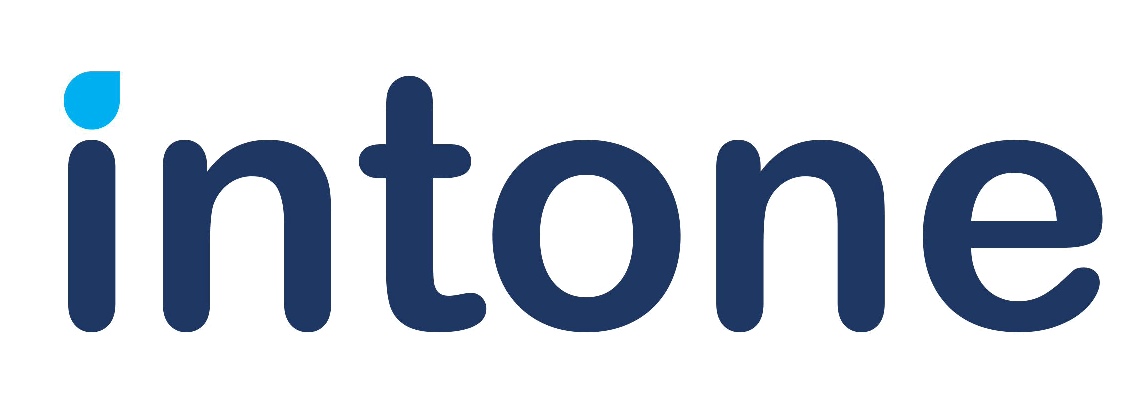Contents
Project management is a complex undertaking, and risks are an inherent part of any project. To ensure the successful completion of a project, it is essential to continuously monitor and manage risks. Effective risk monitoring allows project managers to identify potential issues and address them before they escalate, ensuring the project stays on track and within budget. Let’s take a look at five effective techniques for continuous risk monitoring in project management.
What is Risk Monitoring?
Risk monitoring is an integral part of an organization’s strategy to stay informed about its current exposure to risks. This encompasses its existing risk management system and other activities guiding risk-related decisions. It aids in determining the organization’s risk tolerance and often leads to the creation of key risk indicators (KRIs). Although they are a natural outcome of the risk management process, continuous and regular reviews are crucial to ensure timely response to risks. Monitoring can be managed by a dedicated risk team, but it’s also common for compliance, anti-fraud, or trust and safety teams to take on this responsibility.
Techniques for Continuous Risk Monitoring in Project Management
Establish a Robust Risk Register
A risk register, which includes data risk management, is a fundamental tool for managing risks in any project. It is a comprehensive document that identifies, assesses, and tracks potential risks throughout the project’s lifecycle. The risk register should include information about the risk, its potential impact, the likelihood of occurrence, and the mitigation or contingency plan. By regularly updating and reviewing the risk register, project managers can maintain a clear understanding of the project’s risk landscape.
Regular Risk Assessment and Analysis
Continuous risk monitoring involves conducting regular risk assessments and analyses. This includes reviewing the risk register and identifying any new risks that may have emerged. Project teams should assess the potential impact of identified risks and their likelihood of occurrence. By using techniques such as risk matrices and qualitative risk analysis, project managers can prioritize risks and focus their efforts on the most critical ones.
Key Performance Indicators (KPIs) and Early Warning Signals
Setting up key performance indicators and early warning signals, including those related to continuous control monitoring, is crucial for proactive risk monitoring. KPIs help project managers measure the project’s progress and performance. When certain KPIs deviate from expected values, it can be an early indication of potential risks. These deviations can serve as early warning signals, prompting the project team to investigate further and take corrective actions.
Regular Stakeholder Communication
Effective communication with project stakeholders is essential for risk monitoring. Stakeholders often have valuable insights and information regarding potential risks. By maintaining open and transparent communication, project managers can tap into this knowledge and receive early warnings from those who are closest to the project’s operation. Regular meetings and status updates with stakeholders can help identify risks that might otherwise go unnoticed.
Continuous Improvement and Learning
Continuous risk monitoring should not be a static process. Project managers should encourage a culture of continuous improvement and learning within the project team. After a project is completed, it’s essential to conduct a post-project review to identify what went well and what didn’t. These lessons learned should be documented and shared with the team to improve risk management strategies for future projects.
Why Choose Intone EagleEye 365?
Continuous risk monitoring is a critical aspect of project management that ensures the success of a project. Implementing it is a strategic move that can revolutionize the way businesses operate. In today’s fast-paced business environment, where every second counts, embracing a risk monitoring system for business operations is not just a choice but a necessity for success. To address this growing need, Intone developed the EagleEye 365 platform, equipping our customers to harness the power of risk monitoring. We offer:
- An end-to-end enterprise platform that integrates key GRC functional requirements of security, risk management, incident management, data visualization/virtualization, continuous control monitoring, continuous auditing, fraud prevention, and compliance management into one single solution.
- Connections with over 600 industry-standard data sources and applications.
- Low-Code/No-Code platform, with drag-&-drop features and built-in features for multiple system communications.
- An automated ERM and control response system, along with automated incident management and resolution.
- A microservices audit platform, with real-time reporting and no interruptions of underlying systems.
- SSL encryption and AES 256-bit encryption, ensuring that your sensitive data is safeguarded against malicious attempts at modification and manipulation.
- State-of-the-art cybersecurity infrastructure with secure architecture, firewall, and intrusion detection/prevention systems designed to enhance your protection against cyber breaches and threats.
- An extensive range of regulatory, data privacy, and Sarbanes-Oxley compliance and industry solutions, designed to meet current regulatory requirements and to equip you to handle product/process-related compliance requirements.
With the help of data integration and control automation, continuous control monitoring has yielded big gains for companies that have embraced the opportunity. Feel free to get in touch with us for more information or a demo of EagleEye 365.

